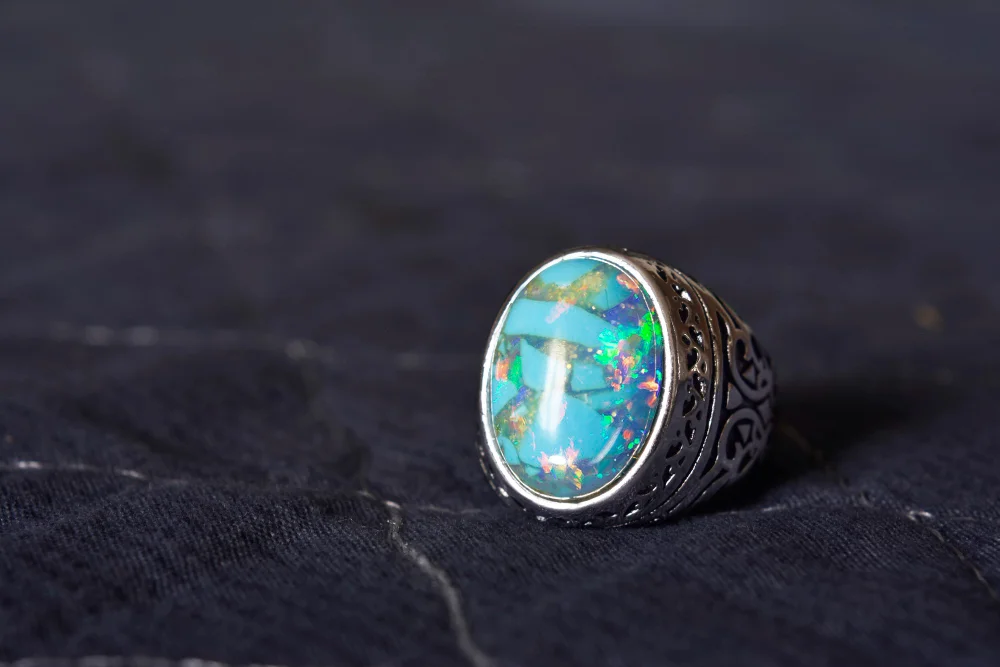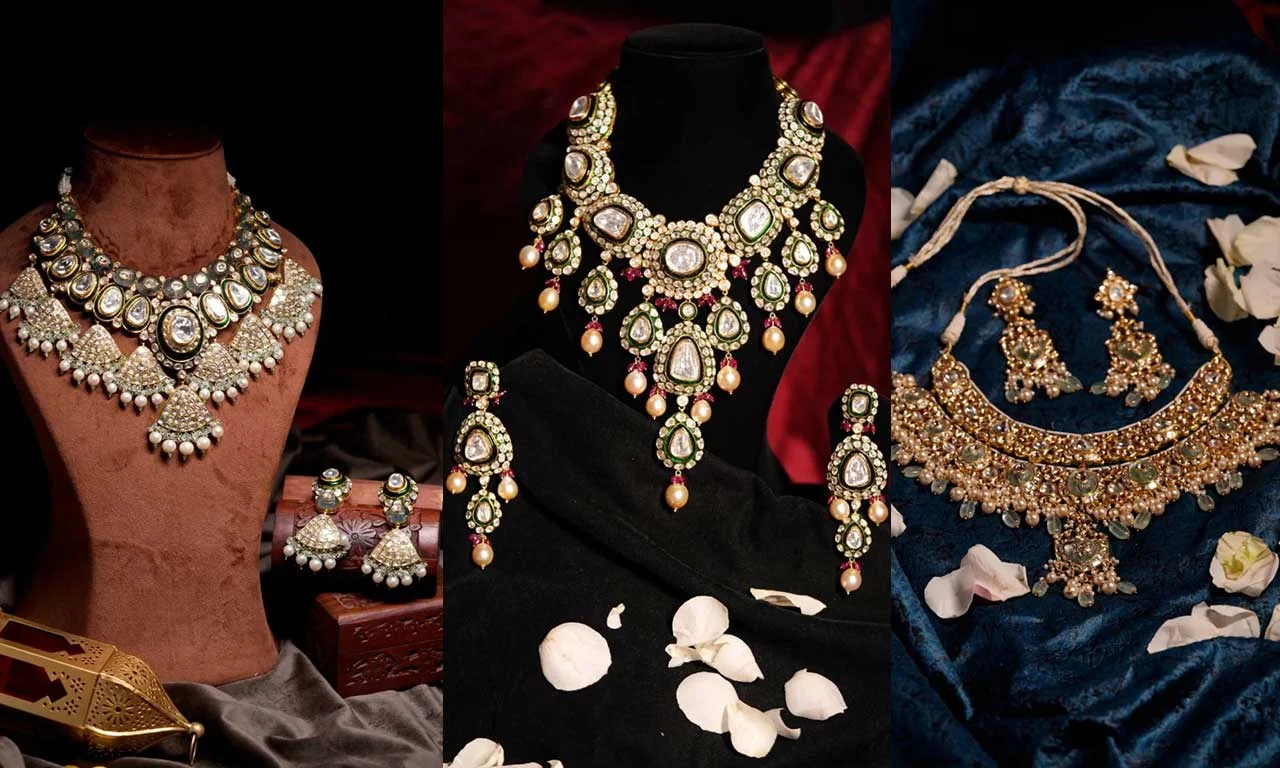Diamonds have long been regarded as a luxury, beauty, and everlasting love symbol. The mining industry has dominated the market for centuries, with natural diamonds being the most sought-after gemstones. However, a new player in the jewellery industry has emerged, disrupting the traditional market – lab grown diamonds. This article explores the factors that led to the rise and popularity and highlights why they are considered game changers in the industry.
Rise and Popularity: They are also synthetic or cultured diamonds and have a fascinating history dating back to the mid-20th century. Over the years, they have gained significant popularity over the years and become a sought-after alternative.
Creating them in a laboratory was first explored in the 1950s, driven by scientific curiosity and the desire to understand the diamond formation process. Researchers discovered they could be grown by recreating the extreme pressure and temperature conditions deep within the Earth’s mantle. However, it took several decades of experimentation and technological advancements before they became commercially viable.
In the early years, they were primarily used for industrial purposes, such as cutting tools and abrasives. However, with advancements in production techniques, scientists began producing those of gem quality. They possessed the same chemical and physical properties as natural ones, making them indistinguishable. The popularity rose in the early 2000s as consumers became more aware of their existence and benefits.
Why They Are a Game Changer in the Jewellery Industry
Ethical and Sustainable Sourcing: They have gained popularity due to their ethical and sustainable sourcing. The traditional mining industry has long been associated with human rights abuses, including child labour and worker exploitation. Mining also often leads to environmental degradation, deforestation, and soil erosion. On the other hand, lab grown diamonds are made in a controlled environment without any involvement of such practices. They offer consumers a reliable, guilt-free option, aligning with the increasing demand for ethical and sustainable products.
Price Accessibility: One critical factor that makes them a game changer is their affordability. They can be produced in massive quantities and at a lower cost. This accessibility factor has opened the market to a wider range of consumers who may have previously found natural diamonds financially out of reach. They offer an opportunity to enjoy beauty and elegance at a more affordable price.
Consistent Quality and Availability: They offer consistent quality and availability, which can vary in quality and scarcity. Since they are created in a controlled environment, they possess uniform characteristics, ensuring consistent quality across the board. This predictability in quality allows consumers to make informed decisions when purchasing. The controlled production process also means they can be created in larger quantities, ensuring a more stable and reliable supply. This availability makes it easier for jewellers and consumers to find the specific size, shape, and colour.
Versatility in Design: They offer greater design flexibility and versatility. They can be produced in various colours, shapes, and sizes, allowing jewellers to create unique and custom pieces. This versatility fuels innovation in jewellery design and opens up new possibilities for creativity. Consumers can explore various options and find those that suit their style and preferences.
Conclusion
Due to several key factors, lab-grown diamonds have risen in popularity and become a game changer in the industry. The technological advancements behind them, with their ethical advantages, affordability, versatility, and increasing market demand, have transformed the industry. As consumer awareness grows, they are expected to gain even more traction and disrupt the traditional market, paving the way for a more sustainable and inclusive future in jewellery.


















